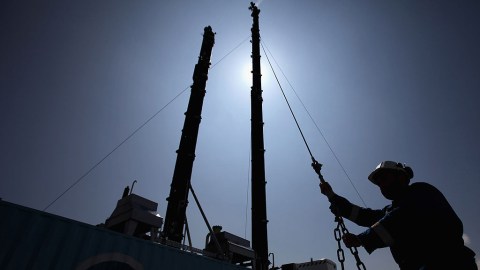We Can Now Turn Carbon Dioxide into Rock

Raising levels of carbon dioxide in the environment will alter the existing world. For instance, climate change can have a negative impact on public health. Diseases such as the Zika virus, Ebola, and Lassa fever are made worse in the face of the altering atmosphere. This is because the vectors (such as bats and rats) that carry diseases will see differences in their habitats as climate change continues. Because of the public health threat and many other challenges of climate change, scientists have started looking for tangible ways to prevent massive atmospheric changes.
Now, a group of scientists have shared in Science magazine that they have figured out how to capture carbon from the atmosphere and turn it into an innocuous solid. The technique could be a big step forward for the research community as it tries to discover sustainable ways to process high levels of carbon dioxide output.
The technique works by combining carbon dioxide and water with basalt, a volcanic substance that covers much of the earth. A chemical reaction results that turns the carbon dioxide into a solid material that can then be stored underground or in another safe location. While the idea is not a new one, scientists first thought that the chemical reaction process would take much longer than it actually did in the recent experiments.
The process of taking carbon dioxide from the atmosphere or from industrial plants is known as “carbon capture.” If the technique of funneling carbon dioxide into basalt does turn out to be easily replicated in other parts of the world, then that could mean that carbon capture is a much cheaper possibility than previously thought. While some have expressed concerns over the safety of the procedure (what if carbon dioxide leaked out of the ground for instance?), early and ongoing monitoring has yet to uncover safety issues.
—
Header Image: Jeff J Mitchell / Staff





